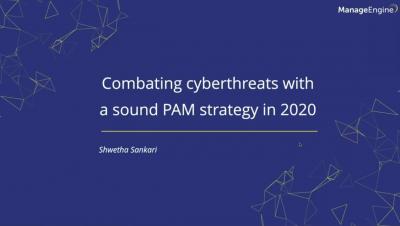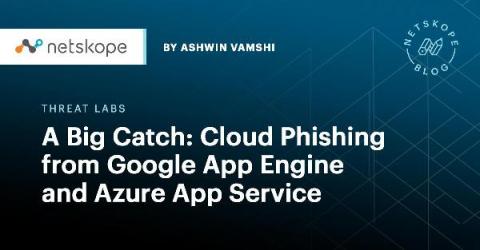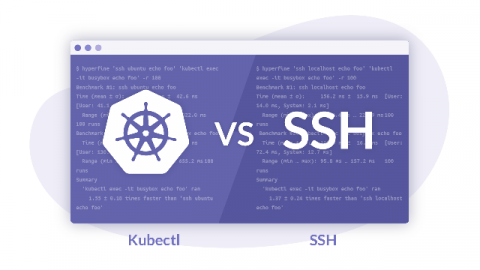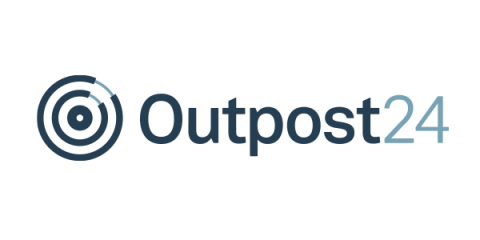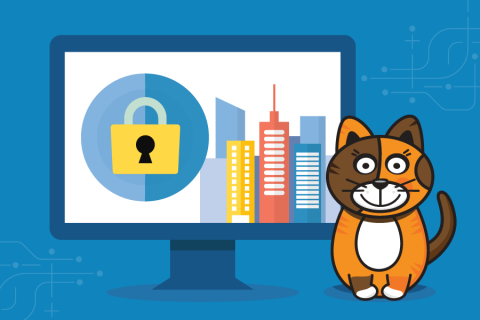Security | Threat Detection | Cyberattacks | DevSecOps | Compliance
Security
Simplify Your Security Operations
A Big Catch: Cloud Phishing from Google App Engine and Azure App Service
Threat actors are leveraging top tier cloud apps to host phishing baits. Netskope Threat Labs has identified an ongoing O365 phishing campaign hosted in Google App Engine with the credential harvester mostly hosted in Azure App Service. This phishing campaign typically targets O365 users via phishing emails with a direct link or attachment.
SSH vs. kubectl exec
Let’s have a look at two popular ways of opening remote shells: the good ol’ ssh and its modern counterpart, kubectl exec. Below, I will only look at the “kubectl exec” subcommand and its friends. kubectl itself is a swiss-army knife for all things Kubernetes. Comparing all of it to ssh is like comparing systemd to BSD init. Also, I will use “SSH” to mean “OpenSSH”, which is the de-facto standard for SSH protocol implementation.
Survey: 76% of IT Pros Say It's Difficult to Maintain Security Configs in the Cloud
Cloud misconfigurations are no laughing matter. In its “2020 Cloud Misconfigurations Report,” DivvyCloud revealed that 196 separate data breaches involving cloud misconfigurations had cost companies a combined total of approximately $5 trillion between January 1, 2018 and December 31, 2019. The problem is that those costs could be even higher; as reported by ZDNet, 99% of IaaS issues go unreported.
Google App Engine, Azure App Service Abused in Phishing Campaign
A phishing campaign abused both the Google App Engine and the Azure App Service to steal victims’ Microsoft Outlook credentials. Netskope observed that the attack campaign started with a shortened link distributed by a phishing email. This link redirected a recipient of the email to a Google App Engine domain.
Cybercriminals Are Infiltrating Netgear Routers with Ancient Attack Methods
It would be heartening to think that cybersecurity has advanced since the 1990s, but some things never change. Vulnerabilities that some of us first saw in 1996 are still with us. If you don’t believe me, just take a look at the news. Last month, Virginia-based cybersecurity firm GRIMM announced that they had found a vulnerability that affects many Netgear home WiFi routers. The cause? Outdated firmware that allows remote users to access the administrative systems in these routers.
Fix now: High risk vulnerabilities at large, August 2020
Since April 2020 we’ve been writing about the latest CVEs to look out for in our risk based vulnerability management blog. Going into August we are highlighting a CVE affecting a popular password vault – KeePass, along with a few interesting ones. Read on for more information on how to prioritize these vulnerabilities for patching to mitigate risk.
Enforcing Enterprise Security Controls in Kubernetes using Calico Enterprise
Hybrid cloud infrastructures run critical business resources and are subject to some of the strictest network security controls. Irrespective of the industry and resource types, these controls broadly fall into three categories. Workloads (pods) running on Kubernetes are ephemeral in nature, and IP-based controls are no longer effective. The challenge is to enforce the organizational security controls on the workloads and Kubernetes nodes themselves.
How Egnyte and Microsoft Tackle Content Governance for Teams
I sometimes wish someone with gravitas had said, “There is no content without security.” That would have looked good coming from Churchill or Lincoln. But their lack of foresight about content services doesn’t diminish a very important fact, one that carries its own brand of import: the importance of security and governance for a company’s critical data.


